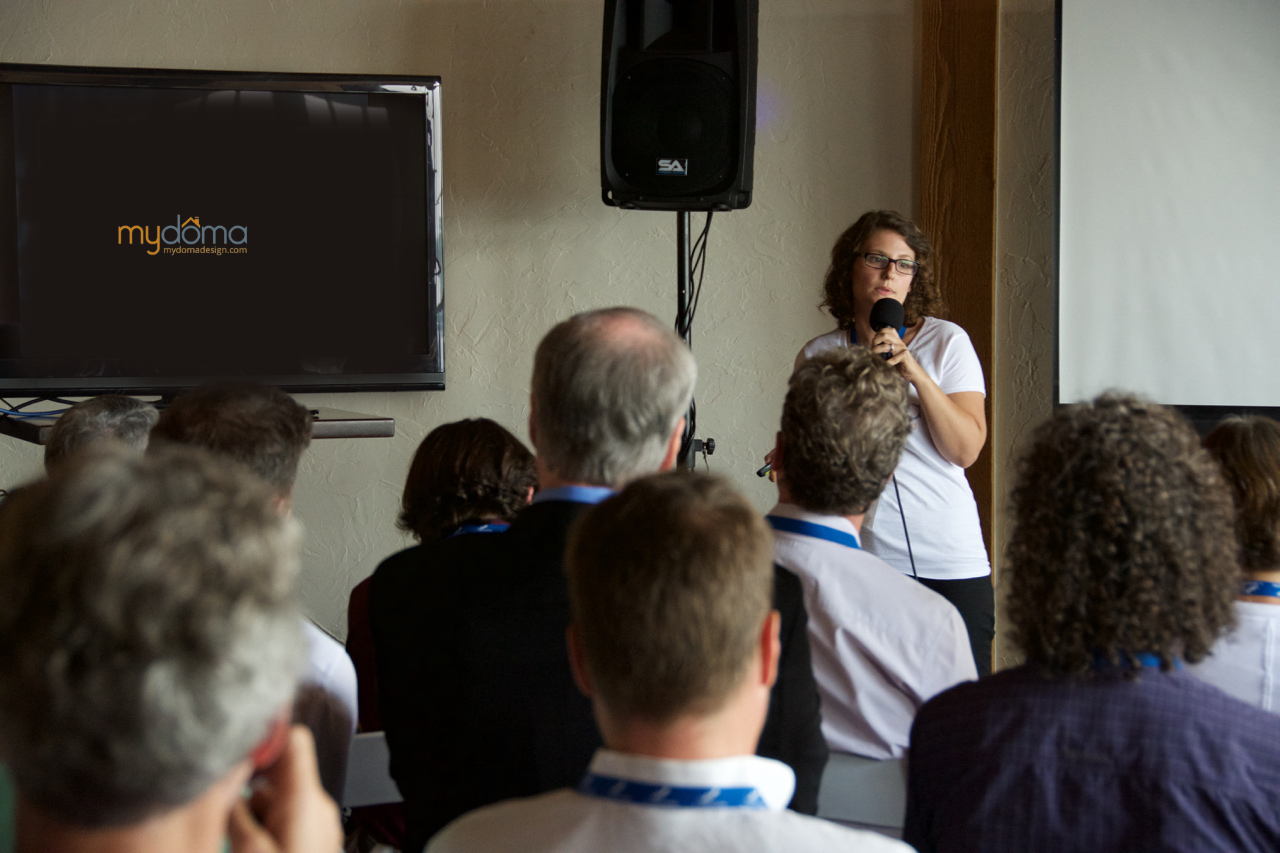Picture this: you walk into a room brimming with potential investors, eager to hear your pitch. Despite the pressure and the nerves, your unwavering belief in the product you’ve built propels you forward. You begin your presentation, showcasing your vision in a clear, concise, and compelling way.
The investors are hooked, and the deals practically close themselves!
Although this scenario may seem like a distant dream, the truth is, it’s within your reach.
Gone are the days where a pitch was just a one-way monologue. Now, a pitch is often a conversation between founders and investors, and a chance to showcase the potential of your startup. A well-crafted pitch deck showcases your vision, establishes credibility, and firmly positions you for investment. But with so much at stake, creating a winning pitch deck can be a daunting task.
Luckily, we’ve outlined the key elements a winning pitch deck should include for different durations: 3 minutes, 5 minutes, and 7 minutes.
If you only have 3 minutes to pitch
You’ll need to make every second count. Here are some of the essentials:
Introduction: Begin with a brief introduction of yourself and your team. You should also give a short overview of your company and its mission.
Problem and Solution: One of the first things that investors want to know is what problem your startup is solving and what is unique about how you are solving it. This section should be concise, clearly articulating the pain point that your startup is addressing – pro tip: come up with a one liner that captures why your company will dominate the market. Ideally use a real life customer example to demonstrate the depth of the problem and the appeal of your solution.
Market Opportunity: Investors want to know that the market opportunity for your business is significant and positioned for growth. This section should provide a brief overview of the size of the market, and the target customer segment.
Team: Investors want to see that the team behind the startup has the skills and experience necessary to execute on the business’ goals and drive growth. This section should include the key members of the team (C-suite level), and their backgrounds. Be sure to highlight whether any of the executive team members have worked together in the past.
Ask and Timeline: The final section of your pitch deck should clearly state the amount of funding, how those funds will be used and what your monthly recurring revenue (MRR) will be because of these funds. Map your funding ask, and deployment to the current market conditions. For example, in good times it’s all about accelerating growth at almost any cost. In a tightening economic market, choose to showcase believable high growth with funds that will last 18-24 months.
If you have 5 minutes to pitch
Problem and Solution: In addition to explaining the problem your business solves, provide some statistics or data to back up the severity of the problem and the speed of the customer traction. A day in the life of a customer helps investors visualize the use cases. This will help investors understand the urgency of your solution. With an extra two minutes to work with, you can provide more details about your product or service, including any intellectual property that you’ve developed. Explain how your solution is better than existing alternatives.
Market Opportunity: Go into more depth about your target market, including demographics, behaviour, and trends. More time also allows you to go in depth on your go-to-market (GTM) plans and how you plan to scale.
Competition: Being able to understand the competitive landscape is key, and how your startup differentiates itself from other players in the market should be clear. This section should identify your main competitors and explain how you differentiate yourself. Show that you’ve done your research and understand the landscape of your industry.
Financial Projections: Provide a 3 year overview of your financial projections, including revenue, costs, and profitability.
Team: Provide more details about your team, including relevant experience and skills. Highlight any additional advisors or mentors who are supporting your business.
Ask: End with a clear ask and a call to action. If the conversation opens up to questions, you’ll want to be ready to explain the potential returns for investors and how the funds will be used to drive growth and achieve profitability.
If you have 7 minutes to pitch
If you have 7 minutes to pitch, you can go into even more depth about your business and its potential. Here are some additional elements to include:
Introduction: Use your extra time to provide more detail about yourself and your team. Backstories and personal anecdotes are great, but keep them relevant and always find a way to tie it back to your why.
Problem and Solution: Provide more context about the problem you’re solving, including any industry trends or market shifts that have made the problem more acute. Use visuals, highlighting brands that are using your product, why they selected you, and customer quotes on the value proposition and/or return on investment (ROI). A tightly scripted 30-60 second demo might make sense depending on your solution. You can also provide more detail about your technology and development roadmap.
Business Model: This section should explain how your startup plans to GET BIG FAST and dominate the market.
It should outline the GTM strategy, including pricing, sales channels, and key partners that will be critical to the success of your business. Investors also want to see that you have a clear understanding of the cost structure and how you plan to scale. They will want to understand the UI/UX of how customers find you, try your solution, buy your solution, expand it within the organization and what initiatives you are deploying every step along this journey to accelerate your growth.
Marketing and Sales Strategy: Investors want to know how you plan to acquire and retain customers. This area should illustrate the marketing channels you plan to use, such as paid advertising, content marketing, influencer marketing, and so on.
No matter the length of time, a well-crafted pitch should tell a story. But remember, your pitch deck is only one part of the equation; your presentation skills and ability to answer questions effectively are just as important – often, founders underestimate the importance of answering questions concisely. This is not the time to tell the investors everything. Use this time to listen closely to what they are asking you and respond in a concise + direct manner.
Remember… Practice, feedback, and iteration are key to improving your pitch deck and making a lasting impression on potential investors.



